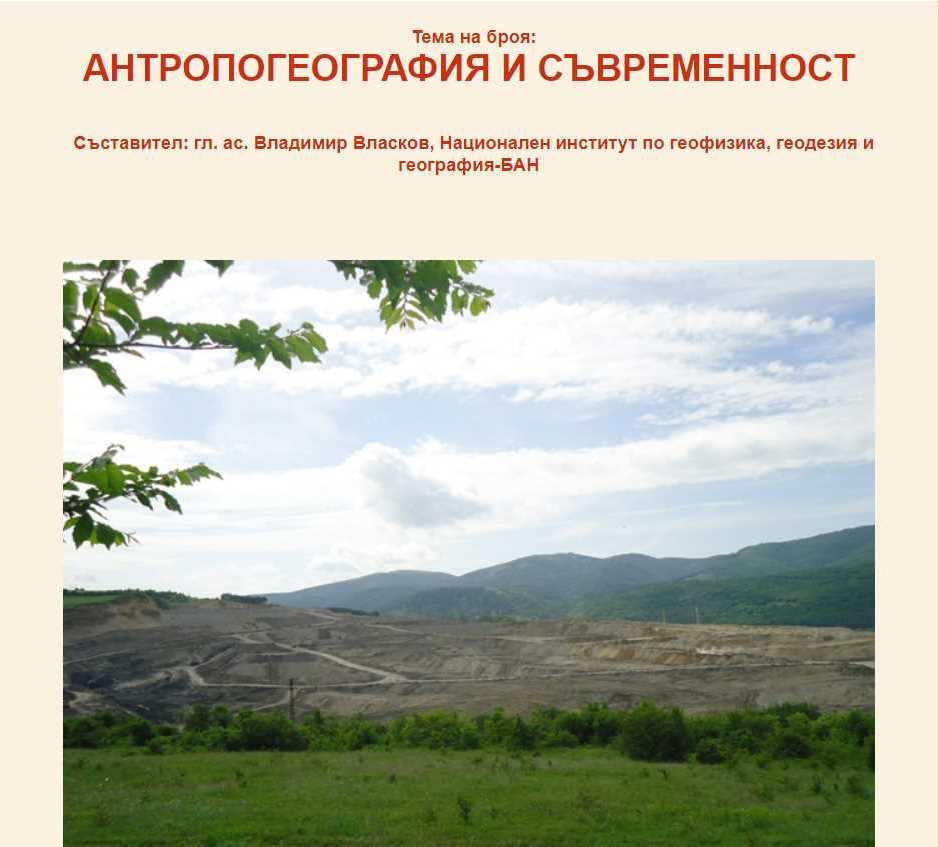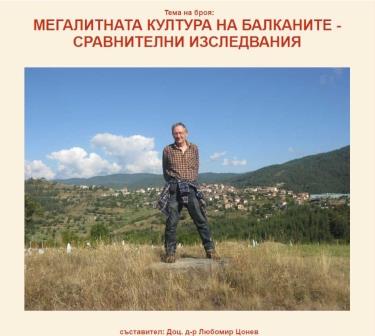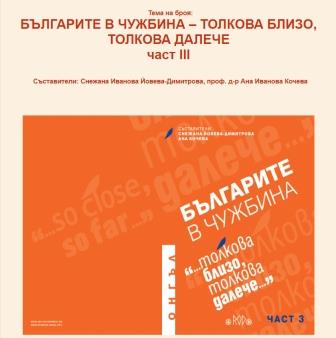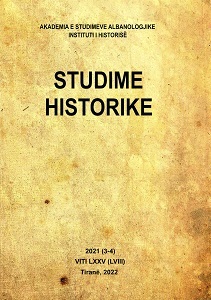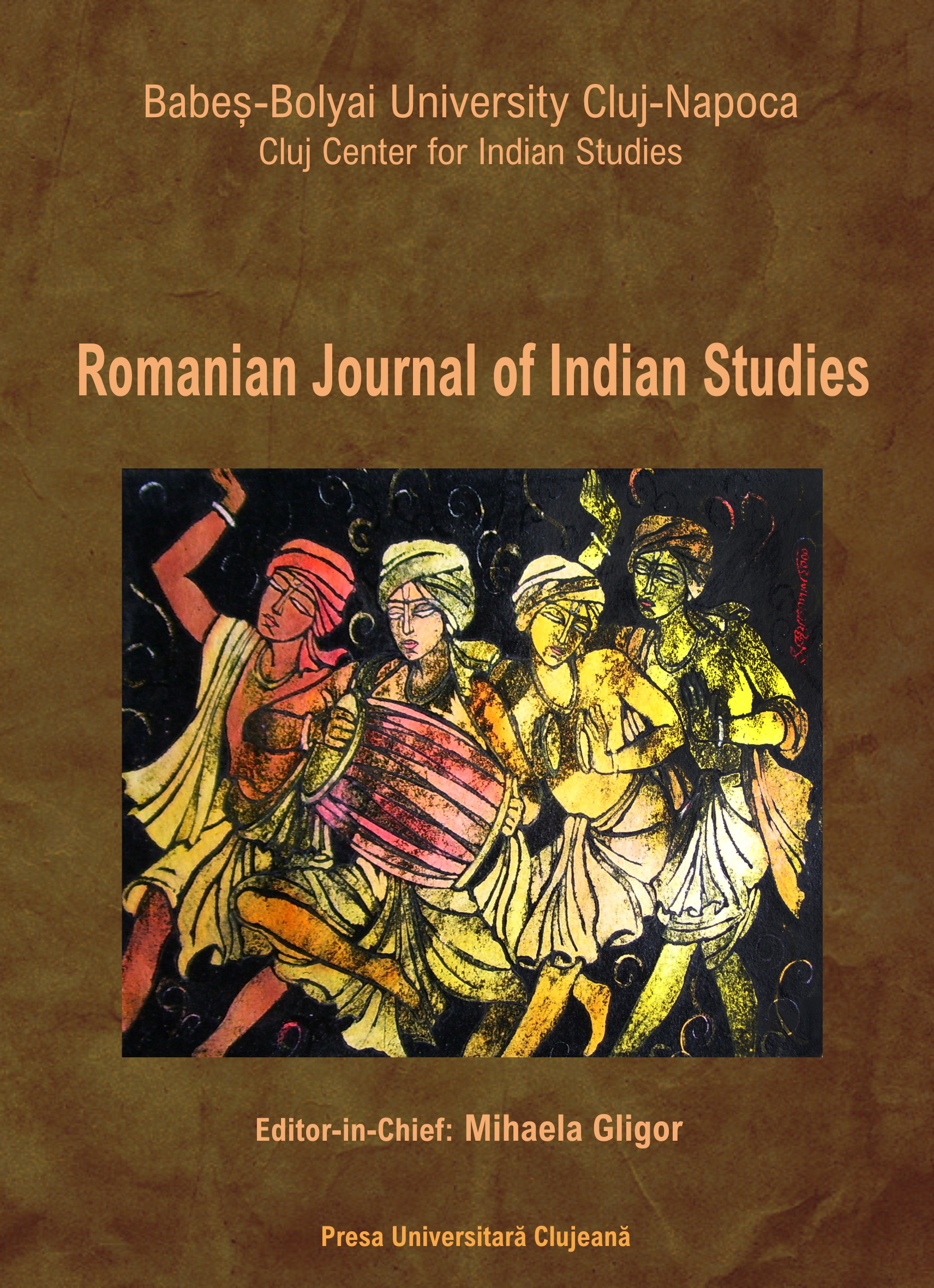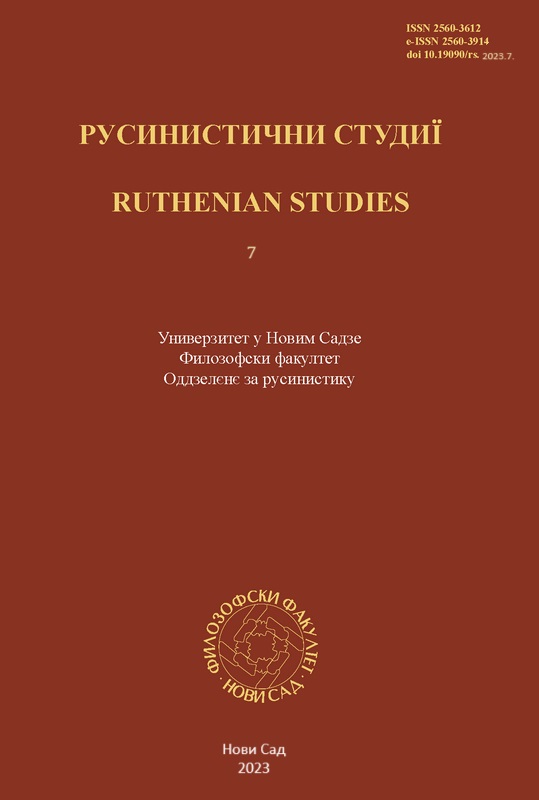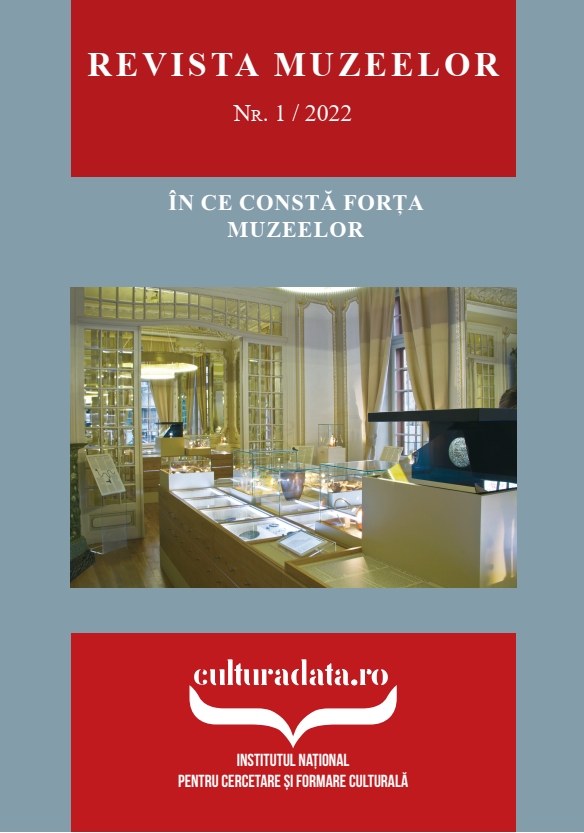
Câteva proprietăți fundamentale ale muzeului, indispensabile în context contemporan
What is the strength of the museum? The answer can be summarized briefly by listing two strong and distinctive points that define this institution in its essence. The museum is a device that generates time and, on the other hand, operates with the authentic object, giving the possibility of a direct interaction with the reality of visitors. Even in case of considerable intervention by contextualization of the museum object, the visitor has the possibility to establish a direct, present and sufficiently intimate connection with at least a fraction belonging to the object itself, which intervenes in the knowledge of the truth. In contrast stand replicas or copies of objects with which we are continuously bombarded in a time of constant processing and manipulation of reality through computers and their software. In this paper I argue for the two fundamental features of the museum and I try to prove that they have an indispensable role from a cultural point of view, which cannot be replaced by other media, considered by some, competitors.
More...
